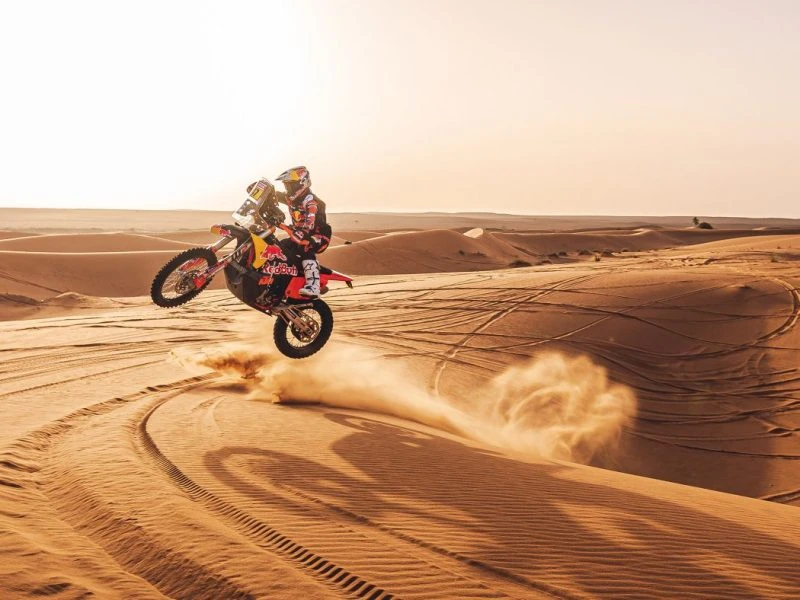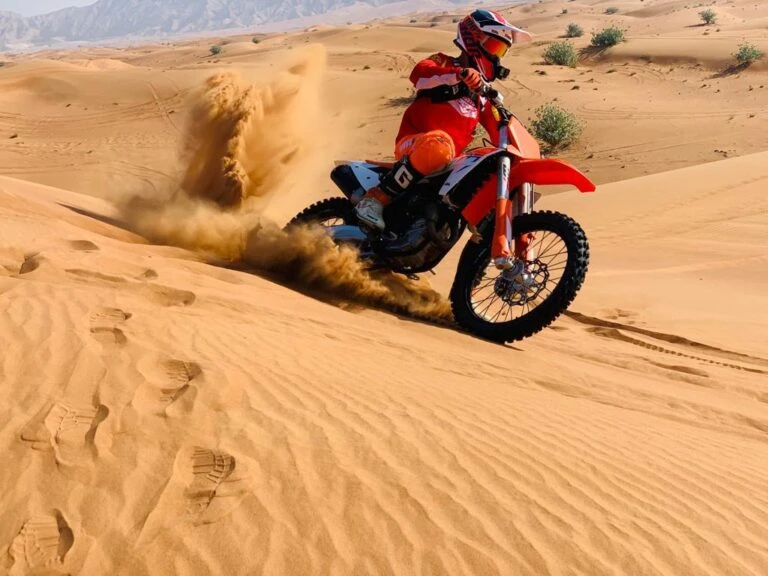
Embracing the Adrenaline Rush of Dirt Biking

Dirt biking has grown into a beloved sport and hobby for adrenaline junkies and outdoor adventurers alike. With its thrilling combination of speed, agility and off-road challenges, dirt biking offers an exhilarating experience like no other. In this comprehensive guide we’ll delve into the fascinating world of dirt biking by exploring its rich history, various bike types, essential gear, riding techniques, major competitions as well as the significance of responsible riding.
History of Dirt Bikes: Tracing the Evolution of Off-Road Motorcycles
A. Origins and Development
Dirt biking dates back to the early 20th century, when motorcycles were first modified for off-road use. European riders were among the earliest to experiment with off-road racing, leading to the development of specialized bikes tailored for various terrains.
B. Key Milestones and Innovations
Dirt bikes have undergone a dramatic evolution over the years, with manufacturers introducing new technologies and designs to meet the sport’s increasing demands. Evolutions such as lightweight frames, advanced suspension systems, and powerful engines have revolutionized how these bikes perform on difficult terrain.
Types of Dirt Bikes: Finding the Perfect Ride for Your Off-Road Adventures

A. Motocross
Motocross bikes are designed for racing on closed, natural terrain circuits. They boast powerful engines, lightweight frames, and long-travel suspension systems that let riders easily tackle jumps, bumps, and turns with ease.
B. Enduro
Enduro bikes are built for long-distance off-road racing, featuring larger fuel tanks, rugged chassis and advanced suspension systems that can withstand rough and unpredictable terrains.
C. Trail
Trail bikes are versatile machines perfect for recreational riding on various terrains. They provide a balance between performance and comfort, making them suitable for both new riders and experienced ones alike.
D. Dual-Sport
Dual-sport dirt bikes are street legal and equipped with lights, mirrors and other necessary features for legal street use. Riders can effortlessly transition between on-road and off-road conditions on these machines.
Essential Gear for Dirt Biking: Gearing Up for Off-Road Safety and Performance
A. Protective Equipment
Helmet: A quality, well-fitted helmet is the most essential piece of safety gear, providing vital protection for the rider’s head.
Goggles: Goggles shield your eyes from dust particles, debris and wind while providing clear vision on the trail.
Boots: Sturdy, purpose-built boots provide ankle support and protection from impacts and abrasions.
Gloves: Off-road gloves improve grip while shielding hands from blisters or injuries during riding.
Body Armor: Protective gear like chest protectors, knee guards and elbow pads shield the rider from impacts and injuries.
B. Maintenance Tools and Supplies
Regular maintenance is key for keeping your dirt bike running optimally. Make sure you always have essential tools like wrenches, tire levers, an air pump compact with spare parts like spark plugs or brake pads on hand for any emergency repair jobs that may arise.
C. Navigational Aids
GPS devices, trail maps and smartphone applications can help you navigate unfamiliar terrain and track your progress during off-road excursions.
Techniques and Skills for Dirt Bike Riding: Mastering the Art of Off-Road Riding
A. Body Positioning
Proper body positioning is essential for maintaining control and balance when riding a dirt bike. Learn how to shift your weight efficiently when standing, sitting, and cornering.
B. Cornering
Mastering the art of cornering requires using body weight, throttle control, and braking techniques to maximize speed and control.



